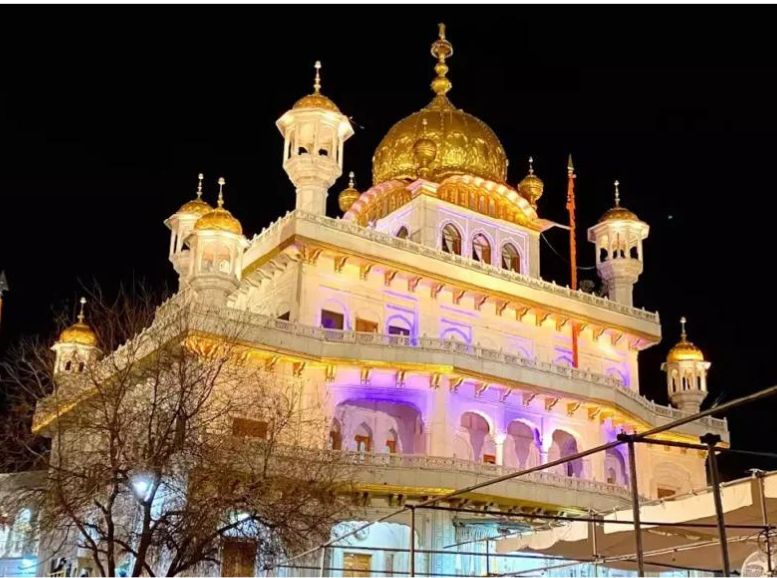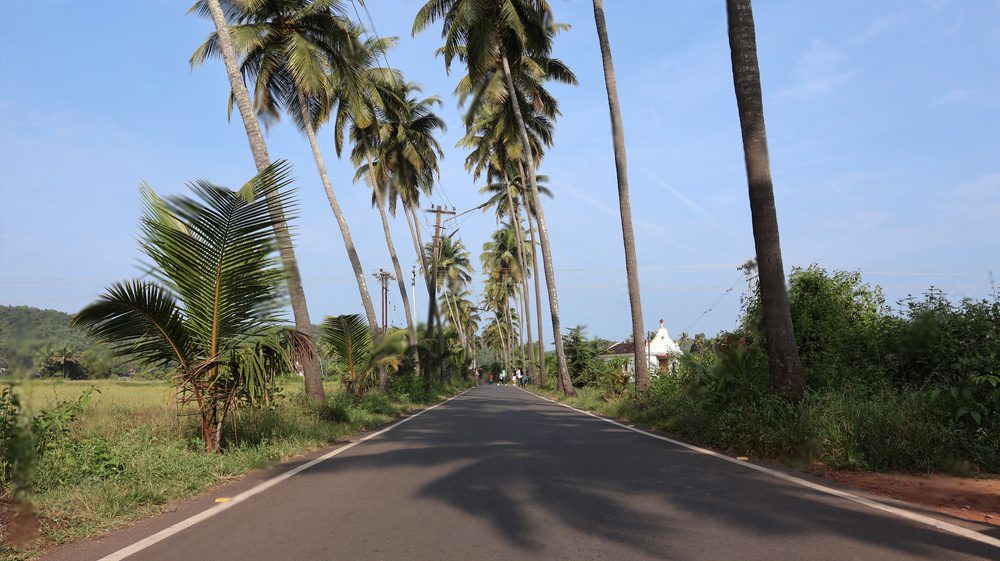This exploration delves into the rich tapestry of history, tradition, and reverence that surrounds Akal Takht. We’ll trace its journey from its modest beginnings to its current grandeur, uncovering the spiritual and cultural importance that makes it a lasting symbol of Sikh identity and unity. Join us as we unveil the wonders and majesty of Akal Takht, the eternal throne of Sikhism.
Within the holy city of Amritsar, Punjab, lies Akal Takht, a powerful symbol of Sikh strength and self-determination. As one of Sikhism’s five Takhts, or seats of authority, it holds immense significance for both religious practice and the hearts of Sikhs around the world. Its history is deeply intertwined with the core values of Sikh faith and perseverance, and it stands proudly in Amritsar, the holiest city of Sikhism.
How to reach:
By Air:
The nearest airport to Amritsar is Sri Guru Ram Dass Jee International Airport , which is well-connected to major cities in India and abroad. From the airport, you can hire a taxi or use app-based cab services to reach Akal Takht, which is approximately a 15-20 minute drive away.
By Train:
Amritsar Junction Railway Station is a major railway station in the region and is well-connected to various cities across India. Upon arriving at the station, you can take an auto-rickshaw, cycle-rickshaw, or taxi to reach Akal Takht. The distance is about 2-3 kilometers, and the journey typically takes around 10-15 minutes, depending on traffic.
By Road:
Amritsar is well-connected by road with nearby cities and states. You can either drive to Amritsar in your own vehicle or take a bus operated by Punjab Roadways, private operators, or other state transport corporations. Once you reach Amritsar, you can hire a taxi, auto-rickshaw, or cycle-rickshaw to reach Akal Takht.
Local Transportation:
Within Amritsar, you can use local transportation options such as auto-rickshaws, cycle-rickshaws, and taxis to reach Akal Takht from your accommodation or any other location in the city. These options are readily available and relatively affordable.
Best time to visit:
The best time to visit Akal Takht in Amritsar is during the cooler months of October to March. The pleasant weather allows for comfortable exploration of the outdoor sites without battling scorching heat. This period also coincides with vibrant festivals like Diwali and Guru Nanak Jayanti, adding to the lively atmosphere around Akal Takht and the Golden Temple complex.
Amritsar experiences hot summers with temperatures exceeding 40°C (104°F), making sightseeing quite uncomfortable. The monsoon season from July to September brings heavy rain and humidity, which can disrupt outdoor activities.
To fully appreciate the spiritual atmosphere and architectural beauty of Akal Takht, plan your visit during the cooler months when the weather is pleasant and the festive spirit fills the air. Consider visiting on weekdays or during non-peak hours to avoid crowds and enhance your experience.
Must-see things:
The Historical Tapestry:
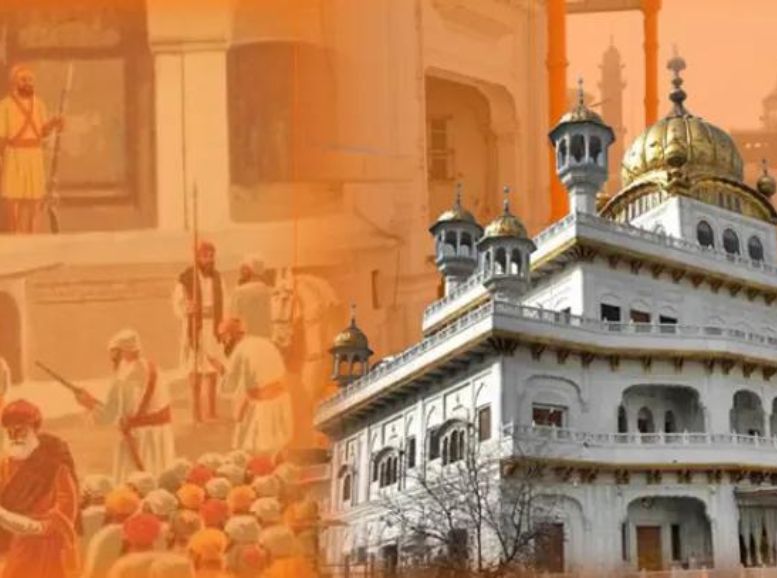

Built directly opposite the Harmandir Sahib (Golden Temple), Akal Takht, meaning “Throne of the Timeless One,” symbolized the unity of Sikh temporal and spiritual authority. Established in the early 17th century by Guru Hargobind Sahib, the sixth Sikh Guru, it served as the seat of justice, where matters of community welfare and religious doctrine were deliberated upon. Over the centuries, Akal Takht bore witness to pivotal moments in Sikh history, including the resistance against Mughal oppression, the struggle for sovereignty, and the preservation of Sikh identity. Despite facing numerous invasions and desecrations, Akal Takht stood firm, symbolizing the resilience and fortitude of the Sikh community.
Spiritual Significance:
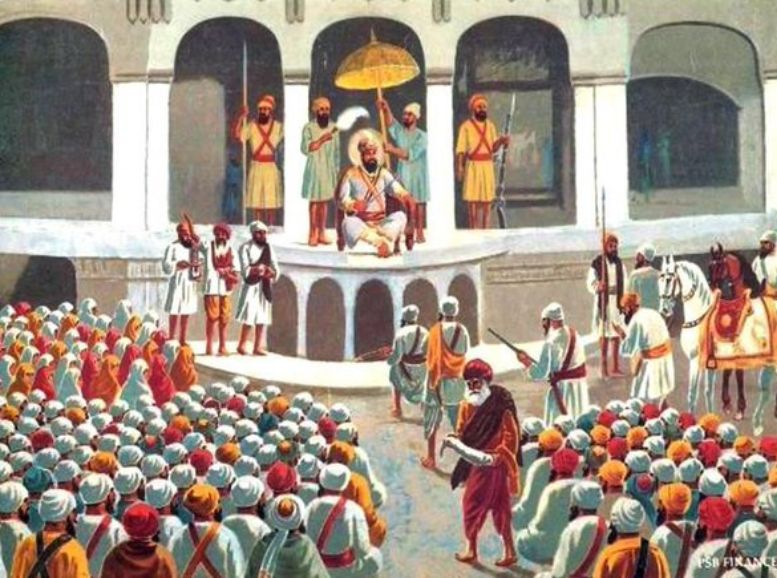

Beyond its historical significance, holds profound spiritual importance for Sikhs worldwide. It serves as a center for religious discourse, where Sikh scholars and leaders gather to discuss matters of faith, morality, and social justice. The Hukamnama, or edict, issued from Akal Takht holds significant authority among the Sikh community, serving as a guiding force in matters of religious practice and ethical conduct.
Moreover, Akal Takht embodies the egalitarian principles of Sikhism, welcoming individuals from all walks of life, irrespective of caste, creed, or gender. It stands as a beacon of inclusivity and unity, fostering a sense of community among Sikhs and promoting social justice and equality.
Architectural Grandeur:
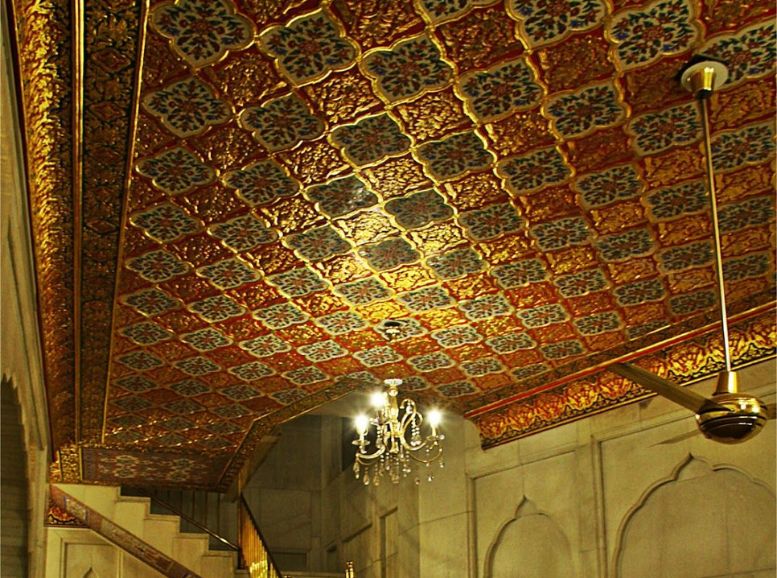

Rising from a high platform, Akal Takht is a marvel to behold, characterized by its imposing structure and intricate design. It boasts a distinctive blend of Mughal and Sikh architectural styles, reflecting the synthesis of cultures and traditions that define Punjab’s rich heritage.
The interior stuns visitors with its exquisite artwork. Intricate frescoes depicting scenes from Sikh history and mythology grace the walls, while gilded embellishments and marble inlays add to the grandeur. The sanctum sanctorum houses the Takht, or throne, where Guru Granth Sahib, the holy scripture of Sikhism, is ceremonially seated—a testament to the spiritual authority vested in Akal Takht.
Visiting Akal Takht:
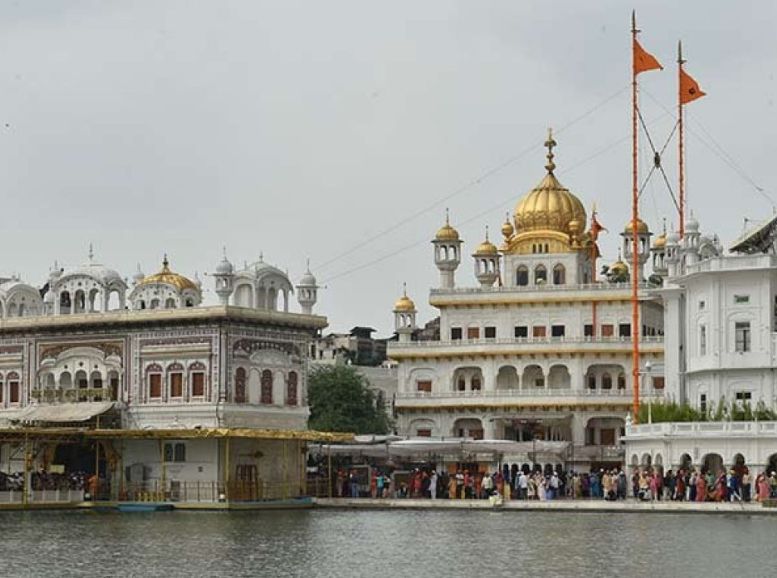

Visiting this place is a powerful experience for visitors of all backgrounds. As you approach the Golden Temple complex, the sense of peace and reverence is palpable. Akal Takht stands out as a symbol of unwavering faith, beckoning you to explore its rich history and cultural significance.
Step inside the tranquil grounds of Akal Takht and soak in the serene atmosphere. Take a moment to appreciate the exquisite architecture and artwork, or simply find a quiet corner for reflection. While prayer is a central part of the Sikh experience here, visitors of all faiths can appreciate the spiritual energy of the place
Local experiences:
- Immerse yourself in Sikh Ceremony (with respect): Witness a religious service or participate in prayers and hymn singing (Kirtan) to gain a deeper understanding of Sikh practices.
- Unearth Sikh History and Traditions: Delve into the past at Akal Takht, a treasure trove of Sikh heritage. Learn about pivotal moments like the martyrdom of Gurus and the Akal Takht’s role in Sikh governance.
- Savor Langar, the Spirit of Community: Partake in langar, a free communal meal served to all, fostering a sense of equality and compassion.
- Embrace Spiritual Reflection: Find serenity amidst the tranquil atmosphere. Engage in meditation or quiet contemplation for inner peace and spiritual renewal.
- Connect with Sikhs and Seekers: Interact with locals and visitors from diverse backgrounds. Share conversations to broaden your understanding of Sikhism and promote interfaith harmony.
- Witness the Valor of Gatka: Witness demonstrations of Gatka, a traditional Sikh martial art, showcasing the community’s martial prowess.
- Experience Seva (Selfless Service): Participate in seva, voluntary service activities within the Golden Temple complex. Contribute through tasks like cleaning utensils or serving food.
- Explore Amritsar’s Rich Tapestry: Venture beyond Akal Takht and explore the vibrant streets of Amritsar. Immerse yourself in Sikh culture and heritage at nearby attractions like the Golden Temple, Jallianwala Bagh, and the Partition Museum.
Safety tips:
- Dress modestly: Show respect by covering your shoulders and knees.
- Shoe Etiquette: Remove shoes before entering Akal Takht and other religious sites.
- Head Covering: Consider covering your head as a sign of respect.
- Protect Your Belongings: Keep valuables secure, especially in crowded areas. Consider a money belt or a secure bag.
- Sun and Heat: Amritsar can be hot. Stay hydrated, wear sunscreen and a hat, and opt for lightweight clothing.
- COVID-19 Precautions: Follow health guidelines. Wear a mask, practice social distancing, and sanitize your hands frequently.
- Stay Alert: Be aware of your surroundings, especially in crowds. Report suspicious behavior to authorities.
- Reliable Transportation: Use licensed taxis, rideshares, or public transport with caution.
- Stay Informed: Check local news for any safety concerns or advisories.
- Trust Your Instincts: Avoid situations that make you feel unsafe.
- Emergency Preparedness: Learn emergency procedures and contact numbers for local services.
- Travel Insurance: Consider travel insurance for medical emergencies, trip cancellations, etc.
Conclusion
Visiting the Akal Takht in Amritsar offers a deeply enriching experience, providing insights into Sikh culture, spirituality, and history. It’s crucial to respect local customs, safeguard belongings, and prioritize health and safety, particularly during the ongoing COVID-19 pandemic. If you’re planning your visit, consider utilizing the services of a reputable tour guide. Websites like Xplro.com can connect you with knowledgeable guides who can enhance your experience and provide valuable insights into the Akal Takht and its significance. By adhering to safety measures, staying vigilant, and trusting your instincts, you can fully immerse yourself in the rich heritage of Sikhism during your visit to the Akal Takht. Whether participating in religious ceremonies, engaging in community service, or exploring the surrounding area, your time at the Akal Takht promises to be both memorable and meaningful.
FAQ
- What is the Akal Takht?
- It is one of the five Takhts (seats of authority) of Sikhism. It holds religious, historical, and political significance.
- Where is the Akal Takht located?
- The Akal Takht is situated within the Golden Temple complex in Amritsar, Punjab, India.
- What is the significance of the Akal Takht?
- The Akal Takht symbolizes Sikh sovereignty, justice, and spiritual authority. It addresses important religious and social issues within the Sikh community.
- Can anyone visit the Akal Takht?
- Yes, it is open to all visitors, irrespective of their religion, caste, or creed.
- What are the visiting hours of the Akal Takht?
- The Akal Takht is generally open from early morning until late evening, but hours may vary, so it’s best to check ahead.
- Is there an entry fee to visit the Akal Takht?
- No, there is no entry fee, but donations are appreciated.
- Are there any dress code requirements?
- Visitors should dress modestly and cover their heads before entering the Akal Takht.
- What can visitors expect to see at the Akal Takht?
- Visitors can witness religious ceremonies, learn about Sikh history, and participate in community discussions.
- Is photography allowed inside the Akal Takht?
- Photography is generally allowed, but visitors should be respectful, especially during religious ceremonies.
- Are there safety precautions visitors should know?
- Visitors should be cautious with their belongings, stay hydrated, and follow health guidelines, particularly during the pandemic.
- Can visitors participate in langar at the Akal Takht?
- Yes, visitors are welcome to participate in langar, a communal meal served to all visitors.
- How can I learn more about the Akal Takht and Sikhism?
- Websites like Xplro.com offer resources and guided tours, and local guides within the Golden Temple complex can provide further information.
